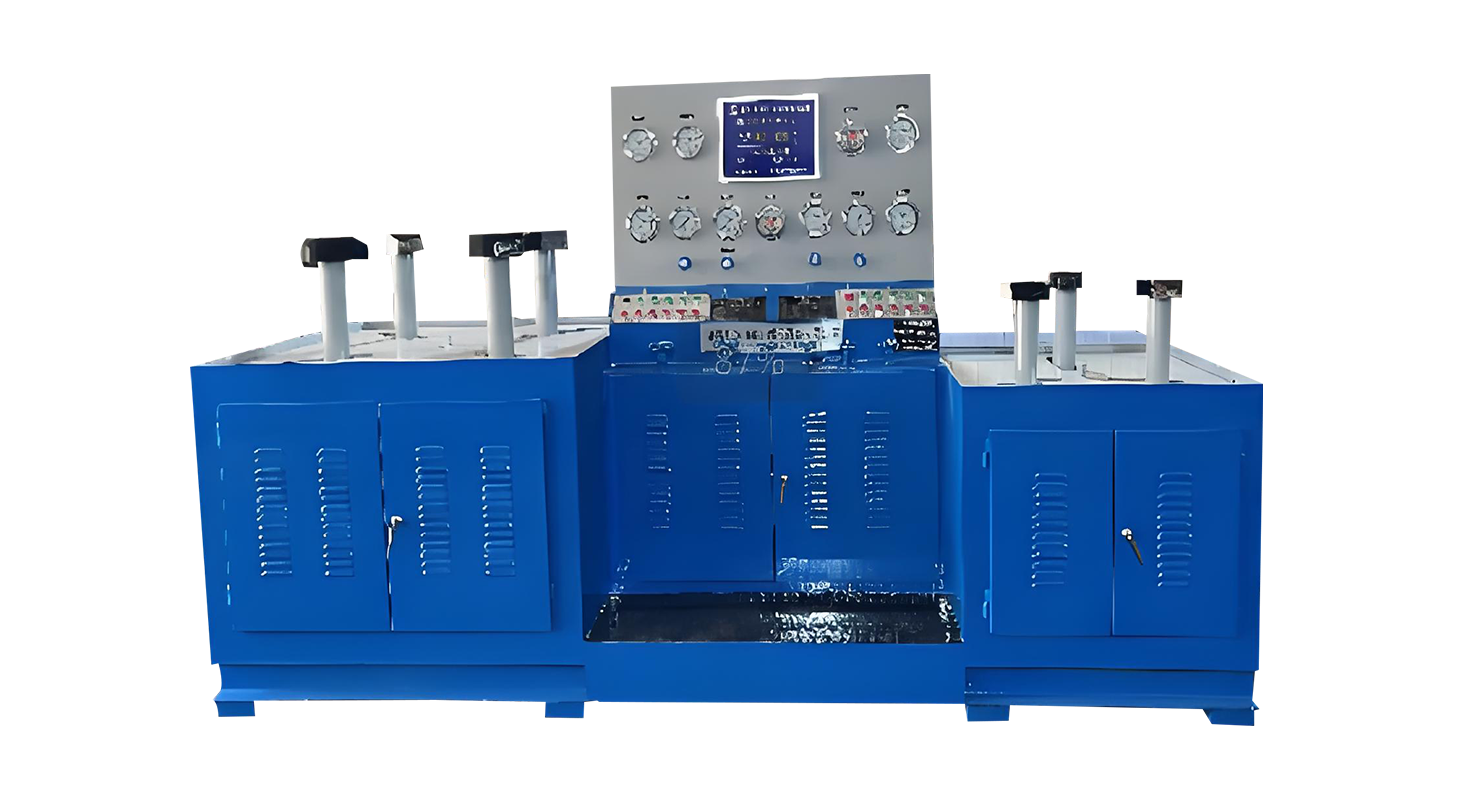Jun 25, 2025
In modern valve manufacturing and maintenance operations, having the right testing equipment is critical to ensuring reliable performance and safety. When off-the-shelf testing equipment does not meet specific needs, building a custom valve test bench becomes an effective solution. A customizable valve test bench can be designed to accommodate various valve types, pressure ranges, and testing environments, offering flexibility for different industrial requirements.
This article explores the key design considerations when developing a custom valve test bench, while also introducing the role of automatic valve test benches in enhancing efficiency and consistency in testing processes.

Defining the Testing Requirements
The one step in building a custom valve test bench is to clearly define the testing requirements. Consider the types of valves to be tested, such as gate valves, butterfly valves, ball valves, or globe valves. Different valve types may require specific holding fixtures, pressure ranges, and torque capacities.
It is also essential to determine whether the test bench will be used for hydraulic, pneumatic, or hydrostatic testing. The testing medium will influence the selection of components like pumps, pressure gauges, and control systems. For example, a bench designed for hydrostatic testing will need high-pressure water systems, while pneumatic valve testing requires air pressure control.
Choosing Between Manual and Automatic Valve Test Benches
When designing a valve test system, one critical decision is whether to build a manual or an automatic valve test bench. Manual systems typically involve more operator interaction, including manual tightening, manual pressure control, and manual recording of test results. While this approach can be suitable for low-volume testing or simple valve types, it may advance to variations in testing accuracy and time consumption.
An automatic valve test bench, on the other hand, integrates automation components such as programmable logic controllers (PLCs), electronic pressure sensors, and data acquisition systems. These systems can automatically apply and release pressure, monitor leakage rates, and record testing data in real time. Automation can help improve repeatability and reduce the chance of operator error.
Importance of Customization in Valve Test Benches
A customizable valve test bench offers significant advantages for companies that need to test a variety of valve sizes, materials, and designs. Customization allows the test bench to be equipped with interchangeable clamping systems, adjustable fixtures, and modular pressure components. This flexibility can reduce setup time and make the bench adaptable to changing production or maintenance demands.
Customization can also include the integration of different safety systems, control panels, and user interfaces tailored to the specific workflow of the company. Additionally, specific testing protocols can be programmed into an automatic system, ensuring that all valves are tested according to consistent and predefined procedures.
Pressure Range and Test Parameters
The design of a valve test bench must carefully consider the pressure range required for the intended valves. Each valve type and size has a designated pressure class that must be tested. Selecting appropriate pressure pumps, safety valves, and pressure measurement devices is crucial to achieving reliable and safe operation.
Test parameters such as allowable leakage rates, test duration, and temperature control should also be part of the design specifications. These parameters may vary depending on the valve material and the intended service conditions.
Material Selection and Structural Design
The frame and components of the valve test bench must be robust enough to handle the pressures and mechanical loads applied during testing. Materials commonly used for the structure include carbon steel, stainless steel, and aluminum, depending on the required strength and environmental resistance.
The design should also provide sufficient space for easy valve loading and unloading, as well as clear visibility for inspection during the test. For larger valve sizes, the bench may require lifting devices or sliding platforms to support safe handling.
Data Acquisition and Reporting
Integrating data acquisition systems into the valve test bench can provide real-time pressure, torque, and leakage measurements. For an automatic valve test bench, digital recording can be programmed to store test results, generate reports, and support traceability.
A customizable valve test bench can be designed to connect with existing factory data management systems or standalone computers for detailed record keeping.
Building a custom valve test bench requires careful planning, precise design, and a clear understanding of the testing requirements. By focusing on customization, companies can develop testing systems that are flexible and efficient for their specific valve products. Whether using manual methods or investing in an automatic valve test bench, the key is to create a system that balances functionality, safety, and accuracy.
With a customizable valve test bench, businesses can address a variety of valve testing challenges while improving productivity and ensuring consistent testing procedures.